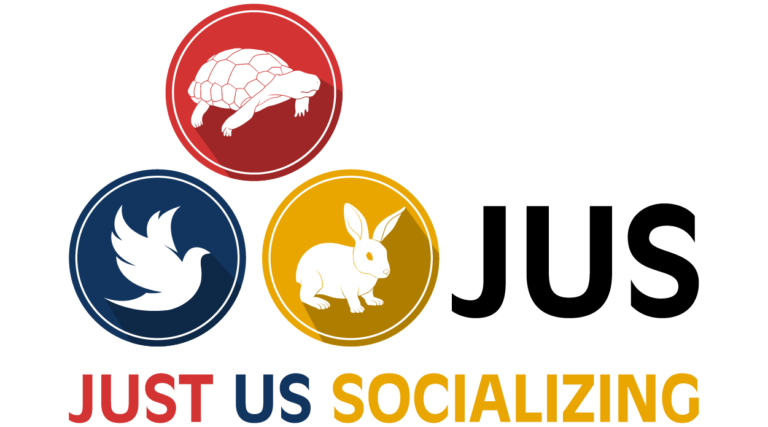Bias Training for Police
Implicit Bias Training and Law Enforcement Officer (LEO) Education
Click Buy Now to Buy Block I
Share this course
About This Course
Unconscious bias—everyone has it. But that doesn’t make us bad; it makes us human. While we cannot completely rid ourselves of unconscious bias, we can learn how to recognize it and lessen its impact in the workplace. These are skills that everyone can learn.
Upon successful completion of course content 80% or greater a certificate will be awarded.
- JUS offers a course evaluation at the end of the course.
- Completing the evaluation helps JUS to improve the courses.
What You'll Learn
BLOCK I
The Origins of Race: How it Situates Our Cognition
The aim of Block I is to discuss the origins of race and how race situates our cognition about people.
Upon completion of this 10-week unit, the participant will be able to:
- Translate the meaning of race as a social construct in the work of policing
Introduction
Section I. Race as a social construct: separation for a purpose: everyone is African
Section II: How we navigate race: segregation as a driver of economy
Section III: How we navigate space: land ownership decides voting rights
Section IV: How voting rights decide space
Section V: How space decides the economy
Section VI: How the economy decides power through subjugating different races
Section VII: The cognition of race: how it affects and shapes human behavior: the perpetual shaping of human behavior grounded in racial constructs
Section VIII: Recognizing and understanding human behavior’s response to centuries of segregation and oppression
Section IX: The intersection of race, space, and hate
Section X: Conclusion: The cumulative effect of race, space and hate: Just Mercy
BLOCK II
A System of Unequal Treatment: The Disenfranchisement of a People
The aim of Block II is to expose the outcomes of systemic imbalance and to address how inequality disenfranchises a people compelled by law and policing.
Upon completion of this 10-week unit, the participant will be able to:
- Interpret the societal outcomes in systems with imbalanced social justice.
Introduction
Section I: What is a system: how do societies work within systems?:
Section II: When the system is top down: what is the framework of governance?
Section III: When governments empower law enforcement officers (LEOs) to compel citizens to comply with laws of society
Section IV: When LEOs exercise their legal competency: help before harm
Section V: When violence enters policing: a look at how we got here; the history of policing
Section VI: Why professional accountability is important: lawlessness in law enforcement
Section VII: Why the statistics on minority incarcerations are upside down in comparison to the majority incarcerations
Section VIII: Why the statistics on unarmed police shootings show decades of an imbalanced plague
Section IX: The 1968 Kerner Commission Report and our streets in 2020
Section X: Conclusion: The cumulative effects of inequality and imbalance in system
This block is not open for enrollment yet. Sign up to our email list to get notified as soon as enrollment opens.
BLOCK III
How Systems Within a Society Inform Societal Beliefs
The aim of Block II is to explain how systems within a society inform societal beliefs.
Upon completion of this 10-week unit, the participant will be able to:
- Recognize the effect of history on the behavior of a society
Introduction
Section I: Lasting impressions of Birth of a Nation; Pearl Harbor and the psychology of racism and reparations
Section II: Lasting impressions of eugenics, trail of tears, land dispossession of native people
Section III: Lasting impressions of Black Wall street, the Elaine Massacre, and Hauns’ Mill Massacre: The Green Book
Section IV: Lasting impressions of the Guatemala and Tuskegee Syphilis Experiments
Section V: Lasting impressions of Emmett Till, Chaney, Goodman, and Schwerner
Section VI: Lasting impressions of the 16th Street Baptist Church and Emmanuel AME Church
Section VII: Lasting impressions of the Civil Rights Movement: Bloody Sunday
Section VIII: Lasting impressions of Jim Crow: The New Jim Crow, HUD and Redlining
Section IX: America’s crimes on Americans: Laws and Acts that perpetuate supremacy
Section X: Conclusion: the cumulative effect of public distrust in Law Enforcement Officers (LEOs)
This block is not open for enrollment yet. Sign up to our email list to get notified as soon as enrollment opens.
BLOCK IV
Changing the Perspective of Racism
The aim of Block II is to discover positive ways to move forward and mitigate the distrust.
Upon completion of this 10-week unit, the participant will be able to:
- Recognize the effect of history on the behavior of a society
Introduction
Section I: What do we really know about each other? 1619 Project
Section II: The power of images, words and impressions: Black, Indigenous, People of Color
Section III: The psychology of the media: news outlets, social media and facts versus fiction
Section IV: The power of sound research and truth telling
Section V: The power of cognitive resilience
Section VI: Contributions and sacrifices made by LEOs to society
Section VII: 21st Century Policing
Section VIII: The Oxymoron: defunding and dismantling the police
Section IX: A clear journey forward: making Americans strong
Section X: Conclusion
This block is not open for enrollment yet. Sign up to our email list to get notified as soon as enrollment opens.
Have Questions?
Let's get in touch
Email Address
justussocializing@gmail.com
Call Us
801-754-6301
Fax Us
801-877-0714
